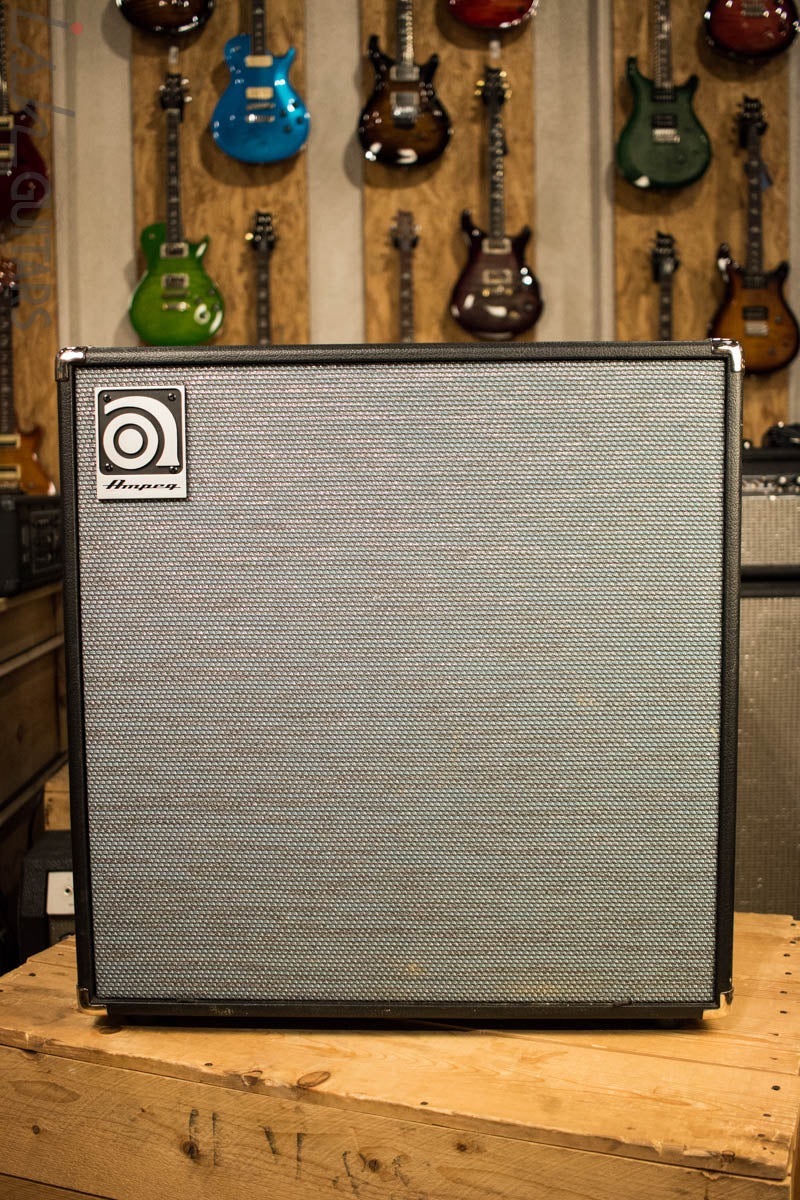
If you plugged it into a 2-ohm cab, you’d get…FIRE! Don’t do that because there’s not enough resistance and the amp will overwork itself! Hooking Up Multiple Bass Guitar Cabinets If you plugged it into an 8-ohm cabinet, you might only get 200 Watts of power and probably less volume. If your bass head says 300 Watts 4 ohms, you need to plug it into a 4-ohm bass cabinet which can handle 300 Watts.


If you are running your bass head to one cabinet, it’s pretty straightforward. If there is not enough resistance, the amp will put out more juice than the amp can handle, and it will overheat and burn up! You don’t want your precious bass amp catching fire no matter how cool it looks on stage. If you went down to 2 ohms, that same amp might send 600 Watts to the load.Īll of this is important because amps are designed to work with a certain resistance in mind. More power will flow from an amp as the ohm rating (resistance) decreases. That same amp might send 350 Watts into 4 ohms. A particular amp head might send 200 Watts into an 8-ohm load. Let’s look at an example so you better understand all of this. For example, you may see an amp rated “400 Watts 4 ohms”.

The more resistance there is, the less power will flow to the speaker.īass amp heads specify how much power is sent to a load (a cabinet or group of cabinets) of a certain impedance (the amount of resistance measured in ohms). More ohms (higher number) means more resistance. Most bass cabinets have an impedance of 4 ohms or 8 ohms. Impedance is measured in ohms (denoted with the Greek letter omega Ω). When electricity flows to a load some of the electricity is resisted, or impeded. A bass amp head is used to power the load (bass cabinet or cabinets). A load could be a motor, a light bulb, a speaker, a group of speakers in a bass cabinet, or several bass cabinets together. A load is something that uses power to do something. You will run across the term “load” a lot with bass amps. Use at least an 18- or 16-gauge speaker cable so you don’t damage your bass rig. The thicker the cable, the lower the number. Though instrument cables used between your bass and amp input look similar, they are not. It’s important to use speaker cables to hook up your bass head to your cabinet. I’ll try to break it down and explain some important things about hooking up your bass amp… Use Speaker Cable!

All of this is important to understand so you don’t damage your bass amp and you can play your gig with less trouble. But, this is the price we pay for playing electric instruments. We don’t want to have to learn about watts and ohms. Most of us musicians just want to play music. Hooking up a bass head to a bass cabinet, or group of cabinets, is often a confusing topic.


 0 kommentar(er)
0 kommentar(er)
